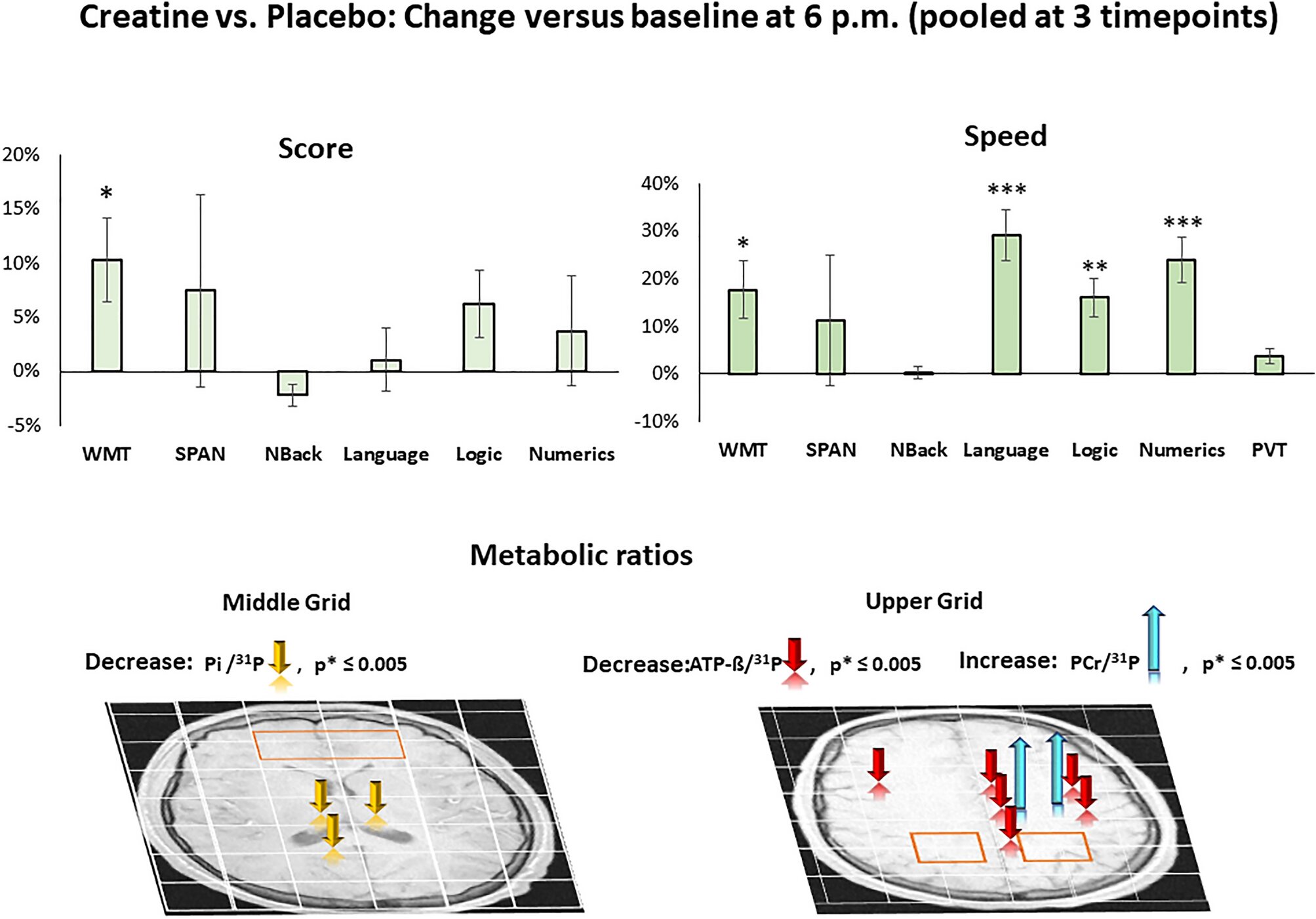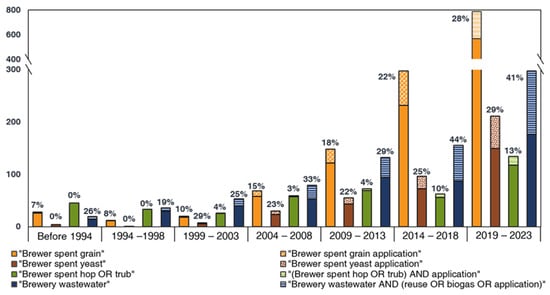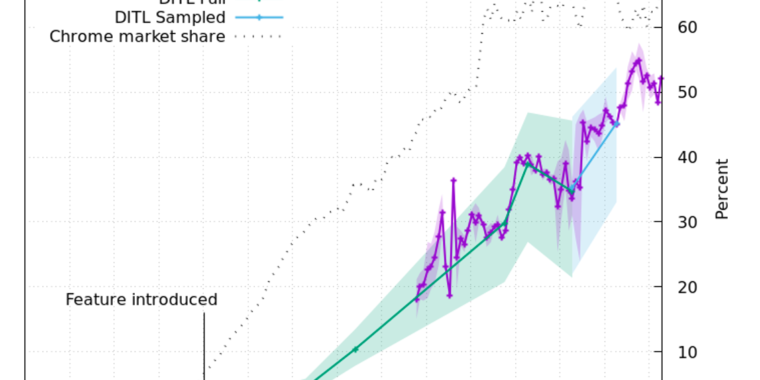
hidden - HTML: HyperText Markup Language | MDN
The hidden global attribute is a Boolean attribute indicating that the element is not yet, or is no longer, relevant. For example, it can be used to hide elements of the page that can't be used until the login process has been completed. Browsers won't render elements with the hidden attribute set.
The source for this interactive example is stored in a GitHub repository. If you'd like to contribute to the interactive examples project, please clone https://github.com/mdn/interactive-examples and send us a pull request.
The hidden attribute must not be used to hide content just from one presentation. If something is marked hidden, it is hidden from all presentations, including, for instance, screen readers.
Hidden elements shouldn't be linked from non-hidden elements, and elements that are descendants of a hidden element are still active, which means that script elements can still execute and form elements can still submit. Elements and scripts may, however, refer to elements that are hidden in other contexts.
For example, it would be incorrect to use the href attribute to link to a section marked with the hidden attribute. If the content is not applicable or relevant, then there is no reason to link to it.





/cdn.vox-cdn.com/uploads/chorus_asset/file/24801728/Screenshot_2023_07_21_at_1.45.12_PM.jpeg)














